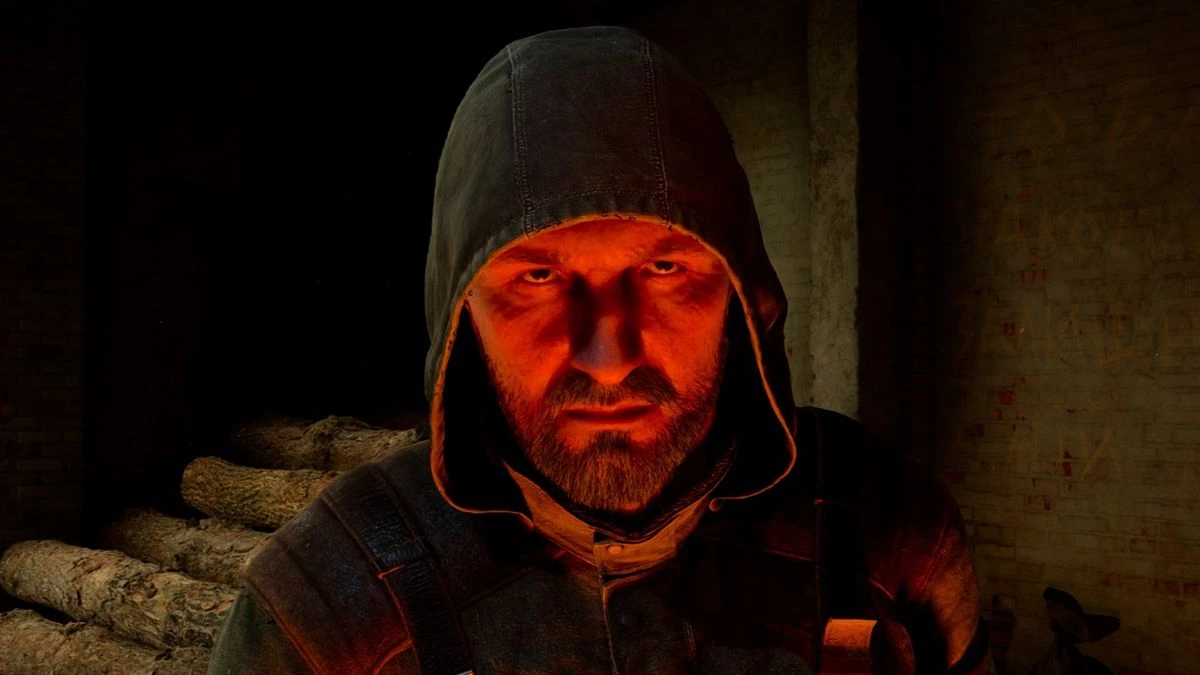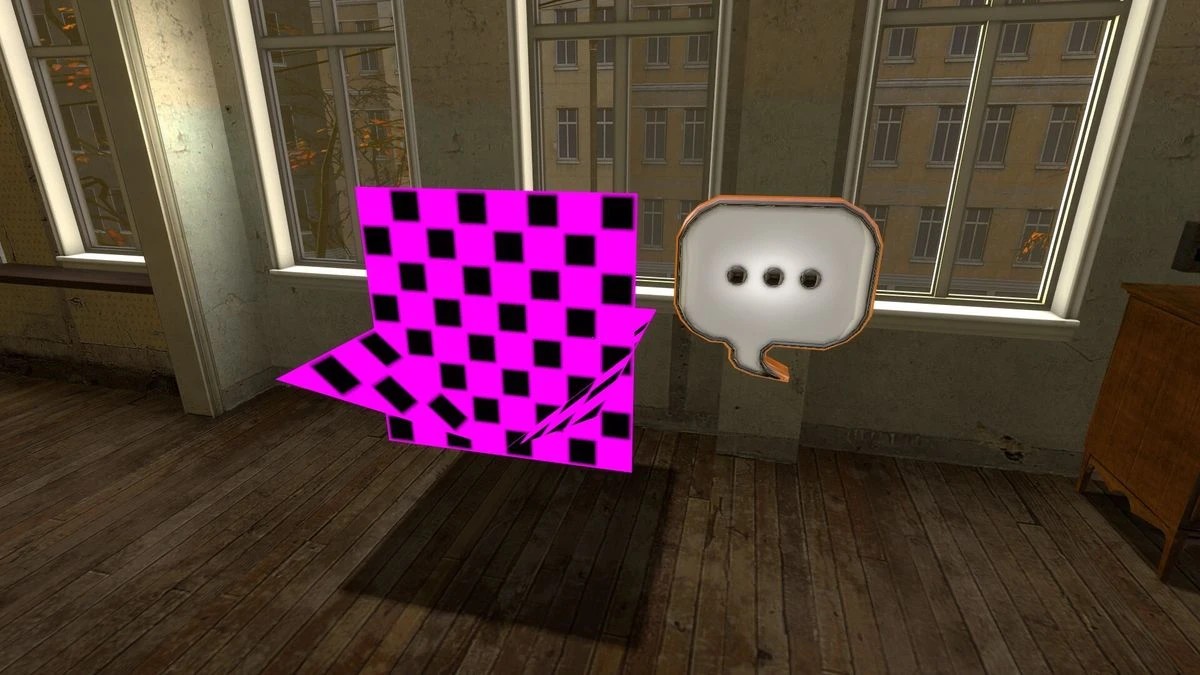Gabe Newell claims that no one in the industry believed Steam would be a successful distribution platform. 'I'm talking about 99% of people, not just 1 or 2'
Half-Life 2 celebrated its 20th anniversary with a Valve surprise: the game received a massive update that added new commentary, integrated the two episodes and added a bunch of enhancements. The company also released a two-hour document about the development of the game and the background to Valve's existential court battle with Vivendi. This documentary features all kinds of digressions and the studio's multifaceted thoughts, as well as the possible unintended consequences, such the creation of Steam, which would become the defacto PC gaming platform.
Steam was launched in 2003 as a means for Valve's existing games to receive automatic updates. Erik Johnson says that Gabe [Newell] had a pencil drawing of the idea of Steam in his head. "But it became clear that with Team Fortress Classic, and then Counter-Strike, the thing we were most interested in was the ability for us to ship content directly our customers.
Steam was built around a number of business goals. But it was fundamentally a bunch game development goals it served that made it so attractive to us.
Steam was not initially designed to distribute games. It wasn't until someone had a "lightbulb" moment that Steam became a distribution platform.
Yahn Berner, an engineer, says: "We found this company called Applied Micrososystems." "So, we hired the majority of the original Steam Team from that other company in order to build this sort of in game advertising streaming model, but then it was revealed that it's only bits. Why don't you download entire games? You guys go and do it.
Steam would eventually start selling third-party titles in 2005. Valve made the decision to require Steam for Half-Life 2, the most anticipated PC game at the time, which was due out in November 2004. Readers from a certain era may remember that this decision was met with a lot anger by PC gamers who were angry at having to install an extra client to run a paid-for game.
Greg Coomer was one of the first employees at Valve. He worked with Gabe Newell before joining Microsoft. "Because this was a very important decision for the company's future, and many of us were nervous. Those who had been with Valve since the beginning were the most nervous."
"It was one of those rare exceptions in our [usual] process for making decisions, and Gabe really had to step in and say 'No, we're actually doing it this way.
Half-Life 2 was not only a smash hit for Valve, but its success also made it a Trojan Horse for Steam. Steam was an already-installed digital storefront on your PC, even though most of us had never heard the term "digital storefront". It almost seems like it was a fait accompli. But at the time, no one outside of Valve thought Steam would work.
"It was an odd time," says Gabe Newell. "I don’t think people realize how many times we told people, 'No you won't be able distribute software over the Internet', and they would say, No, that will never happen. I'm talking about more than one person. I'm talking about 99% of companies that we spoke to who said "It won't happen." Your retail sales force won't let it happen.
"But people would also say, 'Users won't want this... people prefer physical copies. There were so many arguments of bad faith. Retail sales are not the goal. "It's an impediment. It's someone who sits between you, the customer."
Newell and Valve employees generally have a consistent approach: They always return the majority of answers to the user.
Valve's hegemony in PC gaming is a fact that provokes strong reactions. Some people, and they are not wrong, are irritated by its sheer dominance, the ability to set the rules for developers, and its control over the PC gaming industry. Steam has competition, but no equals. If one company is going be in this position, Valve isn't the worst. And it seems acutely aware of its responsibilities towards developers and players.
Only Gabe Newell knows if what exists today resembles the "pencil drawing" he had in mind. Its success can be attributed to two factors above all others. Valve was able to predict the direction of the wind before most others: It had a killer delivery vector ready.




Comments